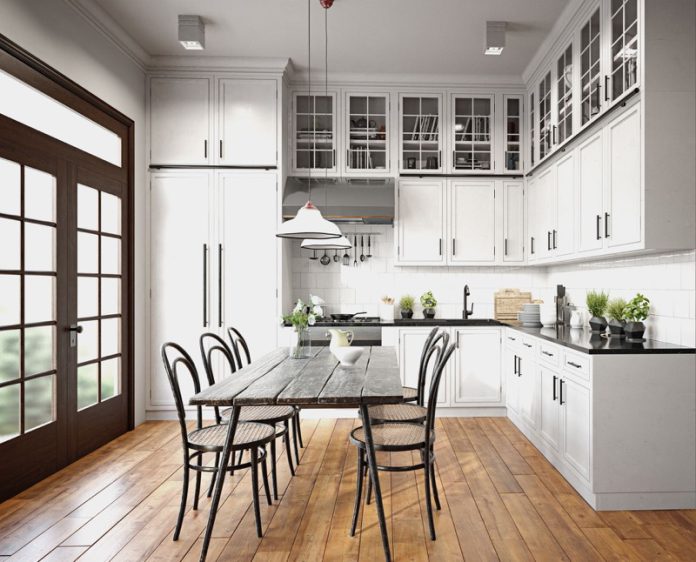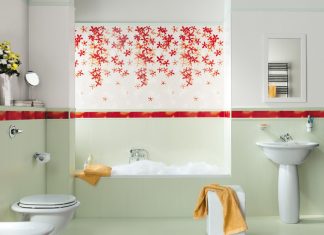When it comes to your home, the flooring you choose can have a huge impact on both aesthetics and functionality. After all, your home’s floors are something you’ll interact with every day, so it’s essential to pick the right option for each room.
In this guide, we’ll walk you through the process of choosing the ideal flooring for your living spaces, kitchen, bedroom, bathroom, home office, basement, and even the often-overlooked lift area. Let’s dive in!
First, What do You Need?
First things first, it’s essential to consider your family’s lifestyle and habits. Do you have pets? Kids? Is it a high-traffic area? Are allergies or sensitivities a concern? Knowing your family’s unique needs will help you make the right choice.
Budget is another crucial factor. Flooring costs can vary significantly, so it’s essential to establish a budget that you’re comfortable with. Keep in mind that flooring is a long-term investment, so it’s worth considering both short-term and long-term costs.
Room-by-Room Analysis
- Living Room and Common Areas: These spaces are all about comfort and aesthetics. Hardwood, carpet, and luxury vinyl are all excellent choices here. Hardwood adds a touch of elegance, carpet provides warmth and cosiness, and luxury vinyl offers both style and durability.
- Kitchen: This area requires flooring that can handle spills, heavy foot traffic, and the occasional dropped pot. Options like tile, vinyl, and luxury vinyl tile (LVT) are perfect for the job. They’re easy to clean and highly resistant to moisture.
- Bedroom: Your bedroom is your sanctuary, so you want something that creates a cosy and relaxing atmosphere. Carpet, hardwood, or laminate are all excellent options. Carpet adds warmth, while hardwood and laminate provide a timeless look.
- Bathroom: Bathrooms are high-moisture areas, so water resistance and easy cleaning are key. Opt for tile, vinyl, or luxury vinyl tile (LVT) to keep your bathroom looking great without constant maintenance.
- Home Office: For a home office, you’ll want a balance of functionality and aesthetics. Hardwood, laminate, or cork are all great choices. They offer a professional look while providing a comfortable workspace.
- Basement: Basements can be prone to moisture issues, so it’s essential to choose the flooring that can handle it. Engineered wood or epoxy flooring can be excellent options, as they resist moisture and are highly durable.
- Laundry Room: In the laundry room, you’ll need flooring that can withstand water and detergent spills. Tile, vinyl, or luxury vinyl tile (LVT) are top picks due to their resistance to moisture and ease of cleaning.
- Lift Room: Often overlooked, the lift room or area provides vertical mobility and functionality with aesthetic appeal. It needs flooring that ensures safety and complements the overall look. Non-slip tile or rubber flooring are smart choices, providing durability and slip resistance.
Flooring Materials and Their Pros and Cons
Now, let’s break down some common flooring materials:
- Hardwood: Known for its timeless beauty, hardwood is durable and can last for generations. However, it’s susceptible to moisture and can be pricier.
- Laminate: Laminate offers the look of hardwood at a more budget-friendly price. It’s easy to clean but not as durable as hardwood.
- Carpet: Carpet provides warmth and comfort, making it perfect for bedrooms. However, it can stain easily and may not be the best choice for high-traffic areas.
- Tile: Tile is highly durable and comes in a variety of styles. It’s perfect for kitchens and bathrooms but can be cold and hard underfoot.
- Vinyl: Vinyl is budget-friendly, easy to clean, and suitable for many rooms. However, it may not have the same aesthetic appeal as hardwood or tile.
- Luxury Vinyl Tile (LVT): LVT combines the look of hardwood or tile with the durability of vinyl. It’s a versatile option that works well in many spaces.
- Engineered Wood: Engineered wood offers moisture resistance and a similar look to hardwood. It’s a solid choice for basements.
- Cork: Cork is comfortable to walk on and eco-friendly. It’s an excellent choice for a home office but may not be as durable as some other options.
- Concrete: Concrete is a sturdy choice often used in industrial-style homes. It can be polished or stained for a unique look.
- Epoxy: Epoxy flooring is exceptionally durable and resistant to moisture, making it perfect for basements and garage spaces.
Conclusion
Choosing the right flooring for each room in your home is a thoughtful process that takes into account your family’s needs, lifestyle, and budget. Consider the function of each space and the pros and cons of different flooring materials so you can make informed decisions that enhance both the aesthetics and functionality of your home. Don’t forget to pay attention to often-overlooked areas like the lift room, where safety and style should go hand in hand. With the right flooring, your home will not only look fantastic but also provide comfort and durability for years to come.















